Fire Board: Premier Fire-Resistant Insulation
Fire Board is a premier, non-combustible insulation board from Saudi Rockwool, designed for critical fire-resistant applications. Offering exceptional fire safety, thermal, and acoustic performance, it’s available at Gitco-sa.com with a complete range of options and competitive pricing across Saudi Arabia, UAE, and Bahrain.
Description
Rockwool Fire Board is a high-density, fire-resistant insulation made from rock wool fibers bonded with a specialized fire-resistant binder. This premier product is engineered for critical safety applications that require superior fire ratings and thermal stability. It has an exceptional fire rating, holding the highest Euro Class A1 classification. With a melting temperature exceeding 1100°C, it provides over 130 minutes of fire resistance for gap seals and is ideal for steel structures, air ducts, fireproof doors, and wall partitions.
In addition to its fire-retardant properties, Fire Board offers excellent thermal resistance with a conductivity of 0.037 W/m.K at 50°C, contributing to energy efficiency. It also provides high-performance sound absorption, making it a versatile solution for both safety and comfort. The board is non-corrosive, non-combustible, water repellent, and dimensionally stable. Gitco-sa.com offers a complete range of Fire Boards with various densities (80 to 150 kg/m³) and thicknesses (25 to 150 mm). The product is also available unfaced or with an optional fire-rated aluminum facing.
Key Applications of Fire Board:
- Fire Protection: Enhancing the fire rating of structural elements, air ducts, and fireproof doors.
- Gap Seals: Providing a highly effective fire and smoke barrier in gaps within walls and floors.
- Marine & Industrial: Insulating walls, partitions, and bulkheads in ships and industrial facilities.
- Wall Partitions: Improving fire safety and sound insulation in residential and commercial buildings.
Our Cavity Panels prices are the Lowest for Cavity Panels products, and we provide budget-friendly Loose Wool in Dammam, Al-Khobar, Al Jubail, Riyadh, Jeddah, and across Saudi Arabia, UAE, and Bahrain, with a complete range to meet all your project needs.
Know More about Fire Board:
1. What is a fire board?
A fire board is a specialized, fire-resistant construction panel designed to serve as a passive fire protection barrier. It is used to compartmentalize buildings and delay the spread of fire and smoke.
2. How does a fire board work?
Fire boards act as a physical barrier. They are made of non-combustible materials that can withstand extremely high temperatures. Some types, like gypsum boards, contain water crystals that release steam when heated, which helps to cool the structure and slow the spread of fire.
3. What materials are fire boards made of?
Common materials include calcium silicate, gypsum (Type X or Type C), magnesium oxide (MgO), and mineral wool (rock wool or glass wool). The specific composition determines the board’s properties and applications.
4. What is the difference between fire-rated and flame-retardant?
Fire-rated materials are tested to maintain their structural integrity and prevent fire spread for a specific duration (e.g., 30, 60, or 120 minutes). Flame-retardant materials are treated to resist ignition and slow the rate of burn, but they may not act as a complete barrier.
5. What are the main applications of fire boards?
Fire boards are used to protect:
- Structural steel: Wrapping steel beams and columns to prevent them from reaching a critical temperature and collapsing.
- Walls and ceilings: Creating fire-rated partitions in buildings.
- Ducts: Insulating HVAC ducts to prevent the spread of fire through ventilation systems.
- Chimneys and flues: Lining these structures to contain high temperatures.
6. What fire rating standards do they adhere to?
In Europe and the Middle East, a key standard is Euroclass EN 13501-1. Many fire boards achieve the highest rating, A1, which means they are completely non-combustible.
7. What is the melting point of a mineral wool fire board?
Mineral wool (rock wool or glass wool) fire boards have a very high melting point, typically exceeding 1000°C, making them highly effective in extreme heat conditions.
8. How do fire boards for steel structures work?
Steel loses its strength and can buckle at around 550°C. Fire boards for steel protection are applied as a cladding or box enclosure around the steel to keep its temperature below this critical point for a specified period, allowing for safe evacuation.
9. Are fire boards used for ducts?
Yes, they are crucial for insulating ventilation and smoke extraction ducts. They ensure that a fire does not spread from one area to another via the ductwork.
10. Can they be used on floors?
Yes, certain types of fire boards are used in floor systems to provide fire resistance ratings and improve sound insulation between floors.
11. Are they considered a sustainable building material?
Many fire boards, particularly those made from natural or recycled materials like mineral wool or gypsum, are considered a more sustainable choice. They also contribute to a building’s energy efficiency.
12. Are there different types of gypsum fire boards?
Yes, Type X and Type C gypsum boards are enhanced with glass fibers and other additives to improve their fire resistance. Type C boards offer even greater protection and are used where higher fire ratings are required.
13. What are the benefits of calcium silicate fire boards?
Calcium silicate boards are lightweight, rigid, and offer high fire resistance and durability. They are also moisture-resistant, making them suitable for use in high-humidity areas.
14. Do fire boards have acoustic properties?
Yes, the dense, fibrous structure of many fire boards, especially mineral wool, provides excellent sound absorption and acoustic insulation, helping to reduce noise transfer between spaces.
15. What are the common thicknesses of fire boards?
Fire boards come in various thicknesses, typically ranging from 12.5 mm to 50 mm. The required thickness depends on the desired fire rating (e.g., 30, 60, 90, or 120 minutes).
16. Do they contain asbestos?
No, modern fire boards are asbestos-free and do not contain other harmful substances. Manufacturers adhere to strict health and safety standards.
17. How is a fire board installed?
Installation typically involves cutting the board to size and attaching it to the structure using screws, adhesives, or specialized fasteners. All joints and seams must be properly sealed with fire-rated sealant or tape to maintain the integrity of the barrier.
18. What is the main advantage of using fire boards?
The main advantage is passive fire protection. Fire boards are always on and don’t require power to function, providing crucial time for occupants to evacuate a building safely.
19. Where can I find suppliers of fire boards in the UAE and Saudi Arabia?
Companies like Gitco-sa.com and other specialized distributors for manufacturers are key suppliers of certified fire-rated boards in the GCC region.
20. Do fire boards help a building achieve certifications like LEED?
Yes, by contributing to a project’s overall fire safety and using low-VOC, responsibly sourced materials, fire boards can help a building earn points towards certifications like LEED (Leadership in Energy and Environmental Design).
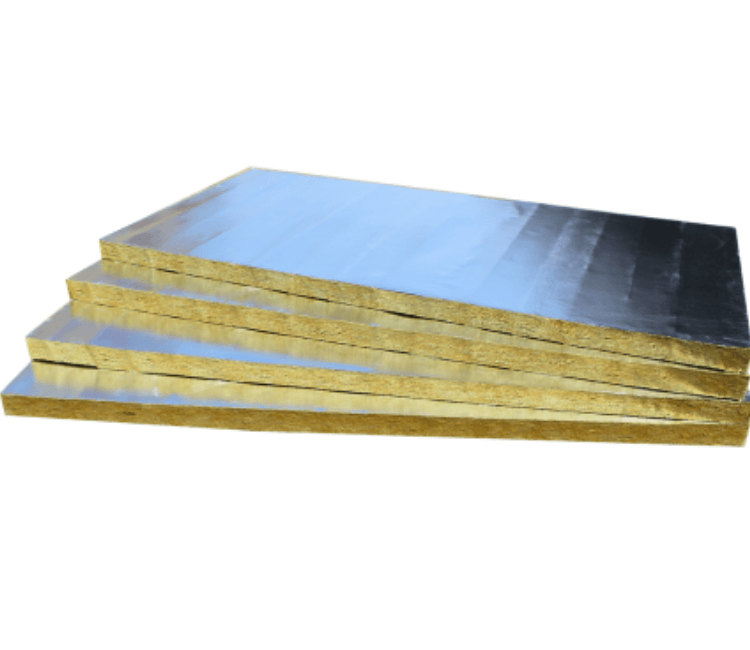

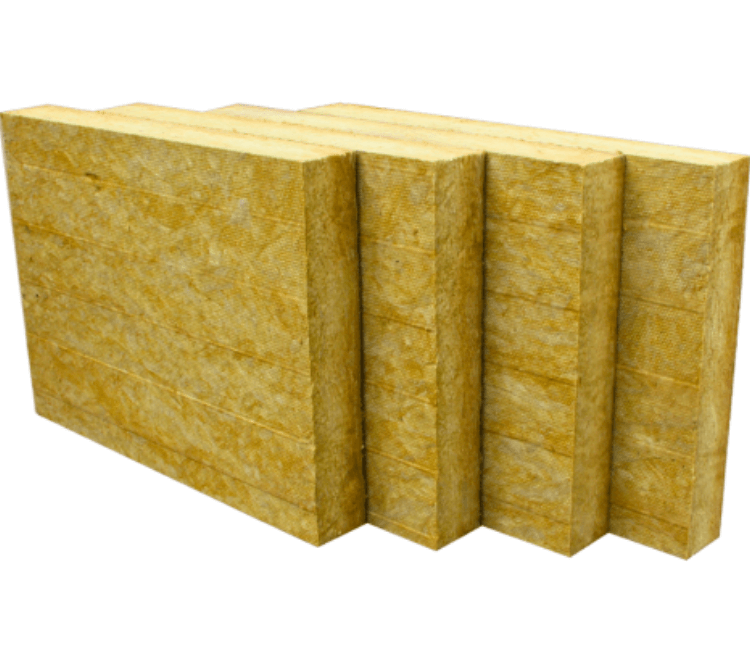
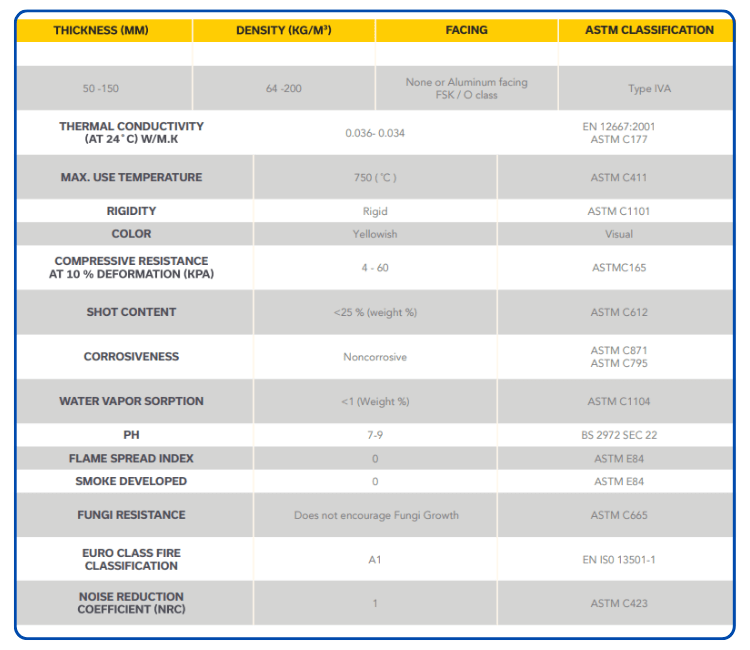
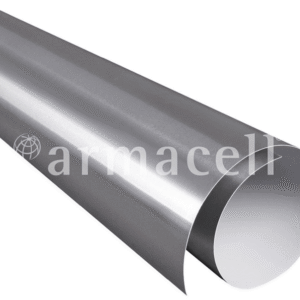
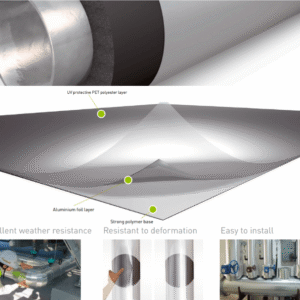


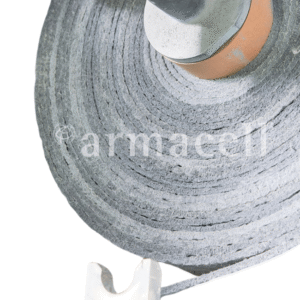

Reviews
There are no reviews yet.